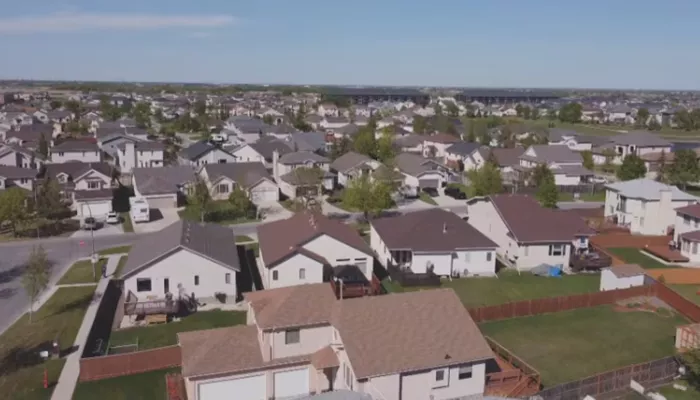New immigration restrictions set by the federal government are likely to slow population growth in Winnipeg, according to the latest economic forecast from the Conference Board of Canada.
The economic think tank predicts that the population of Manitoba’s capital will grow by just one per cent in 2025. This marks a significant slowdown after a strong growth rate of 2.5 per cent in 2023 and expected similar growth this year.
The slowdown is largely attributed to the federal government’s decision to lower immigration targets. The policy aims to ease housing pressure in larger cities like Toronto and Vancouver, but it is expected to have ripple effects in cities like Winnipeg.
Last month, the federal government announced it would cut the number of new permanent residents from 485,000 in 2023 to 395,000 in 2025, with further reductions to 380,000 in 2026 and 365,000 in 2027. Under the previous plan, Canada was projected to admit about 500,000 new permanent residents in both 2025 and 2026.
The Conference Board’s Winnipeg outlook, published Thursday, highlights that these new immigration limits will lead to fewer immigrants settling in the city. Combined with Manitoba’s ongoing challenge of losing residents to other provinces, this is expected to halt several years of strong population growth in Winnipeg.
“Retaining newcomers has been a persistent challenge for Winnipeg over the past several decades. This trend is unlikely to change in the near future, as many immigrants are more likely to relocate to larger cities with bigger labour markets and more amenities,” the report states.
In August, Winnipeg’s economic development office estimated the city’s population at approximately 836,250 as of July 1. The office also projected a slowdown in growth for 2025. Tyler Kroeker, the city’s economic analyst, said the Conference Board’s projection aligns with the city’s expectations, noting that fewer non-permanent residents are expected to arrive.
Kroeker emphasized that even with slower growth, a one per cent increase would still add about 9,000 people to the city’s population in 2025. This would represent a more modest increase compared to the years leading up to the pandemic.
While Kroeker suggested that slower population growth would not significantly affect Winnipeg’s revenue projections, Walter Bolduc, an economist with the Conference Board, warned it could still impact the local economy. A smaller population means a reduced labour pool, which could lead to lower tax revenues for both the city and the province. Manitoba is more reliant on growth-related revenues, including the provincial sales tax.
Related topics:
- Immigrant Community Braces for Uncertainty as Trump Pledges Major Immigration Overhaul
- US States Pressured to Explore New Strategies to Halt Trump’s Mass Deportation Plan
- Israel’s Wartime Budget Plan Cuts Benefits for New Immigrants


